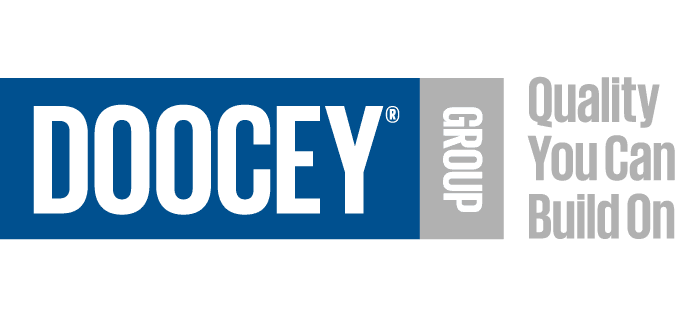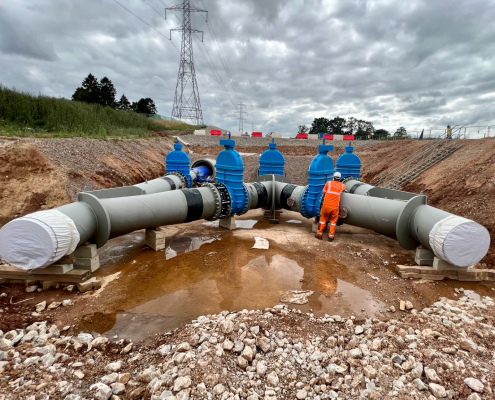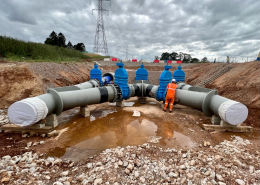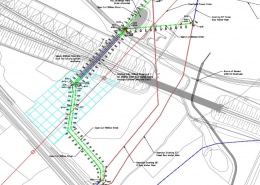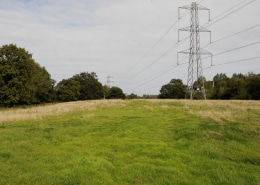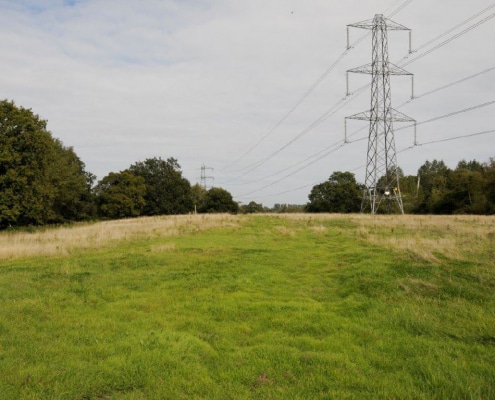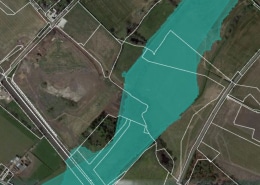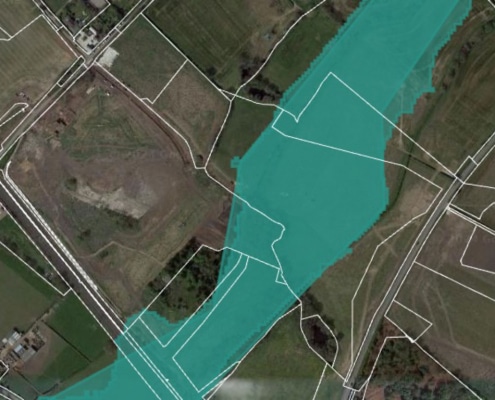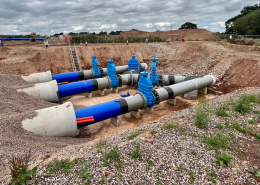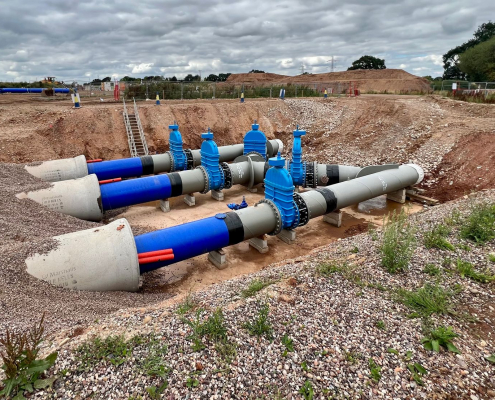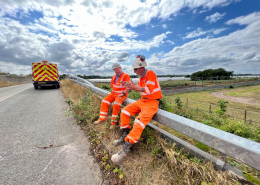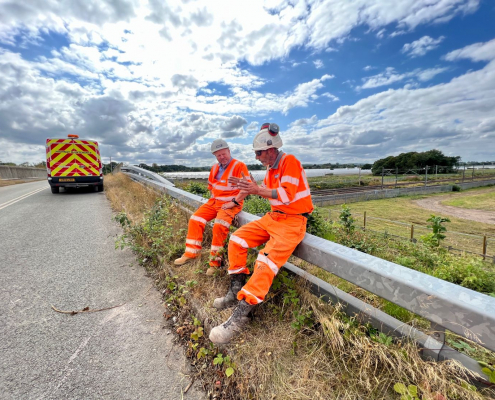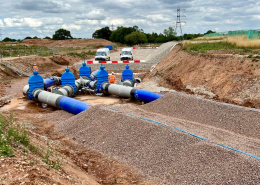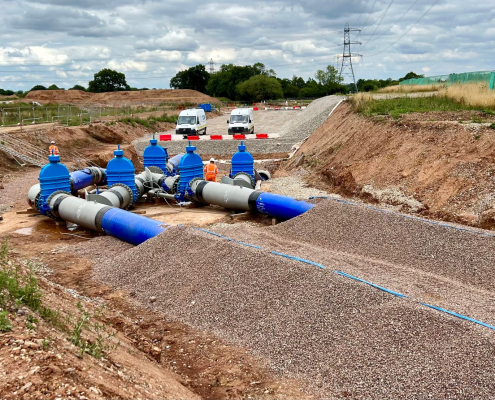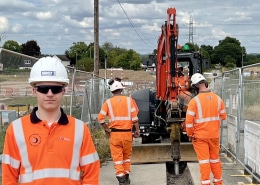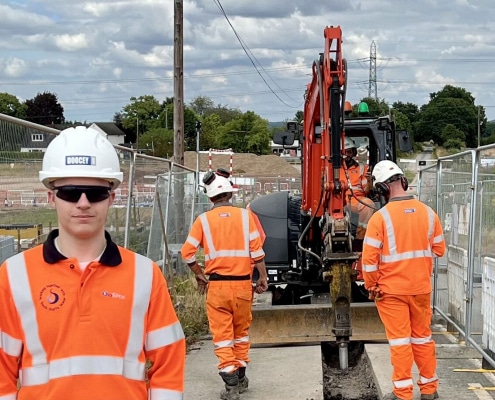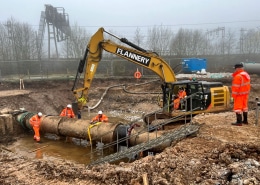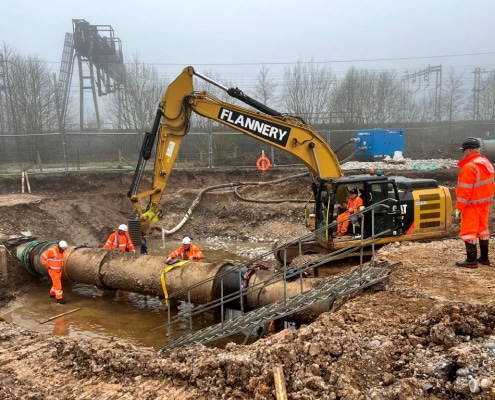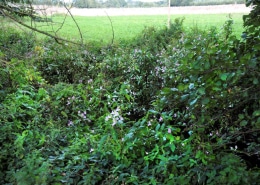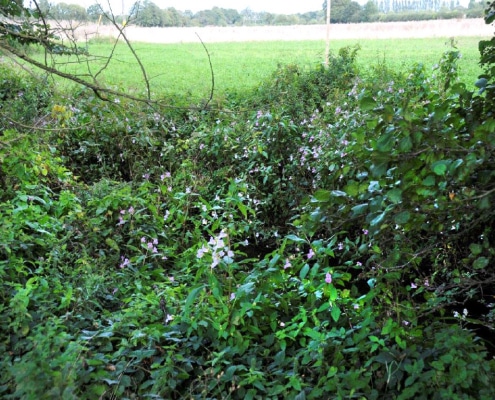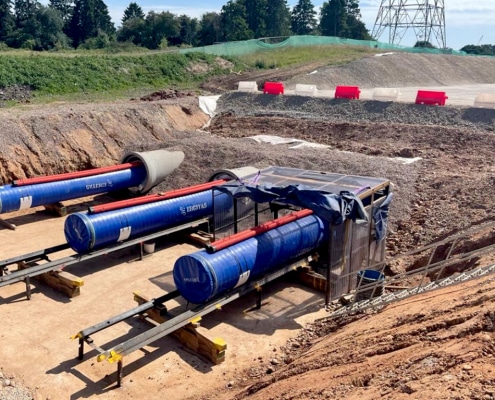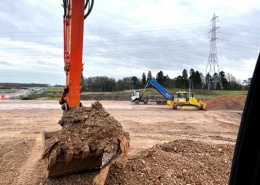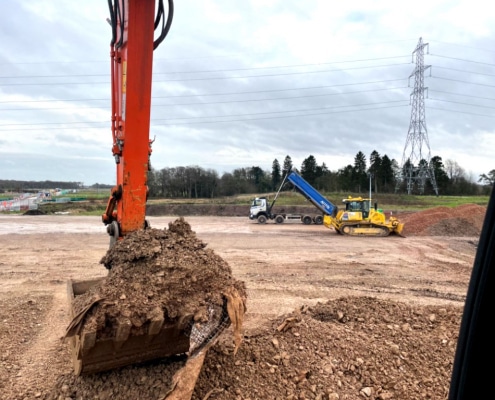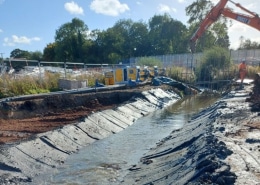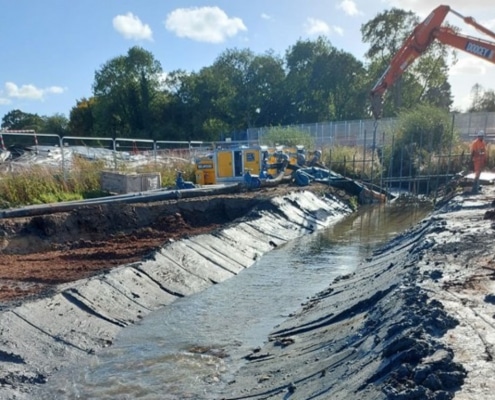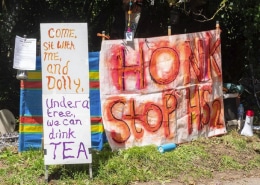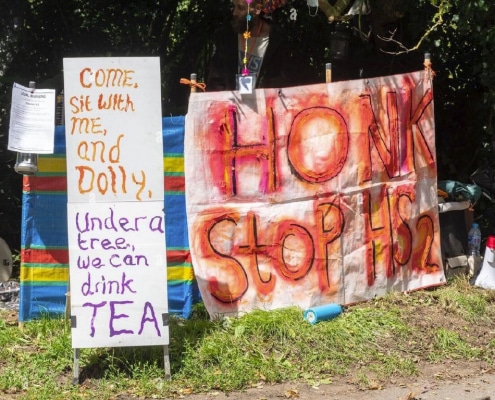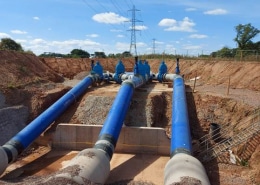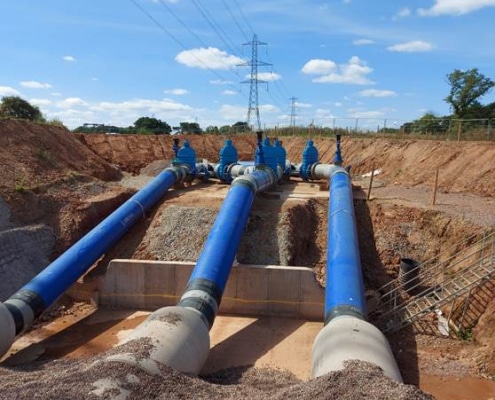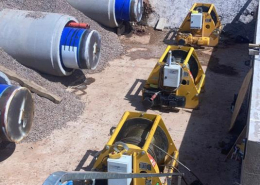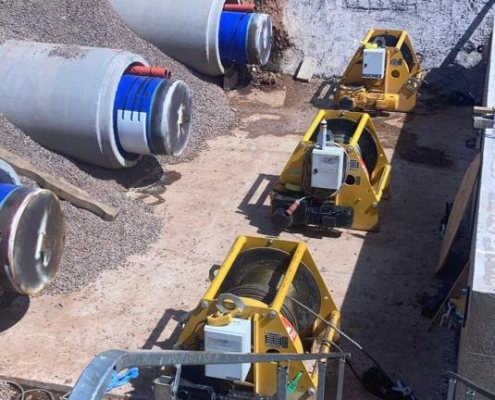Raw Water Diversion in Hanch for HS2
Project Overview
Diversion of 36” cast iron and 33” steel raw water mains to include installation of Under Track Crossing for the proposed HS2 High Speed rail line. Installation of 480m of 900mm steel pipe and 548m of 800mm steel pipe. UTX to install 3 no 1200mm sleeves incorporating 2 x 900mm steel and 1 x 800mm steel with manifolds at either end.
Early Contractor Involvement
In August 2018 we were contacted by our long-standing client South Staffordshire Water to enter into ECI on the Hanch project. At this stage only preliminary design assessment had been carried out.
A steering group was set up with senior staff from Doocey Group to work in conjunction with the South Staffordshire Water design team to establish the most efficient, safe and practical delivery of the project.
The ECI established the following risks:
· High Water Table / Site within a known flood zone
· Invasive Plant species along the route
· Under Track Crossing Design / Material specification
· Pylons & HV overhead lines along the route
· HS2 Constraints
· River Crossing
· Security / Protestors
Consideration of these risks led to a review of the route. Due to the HS2 track location and other geographical features, it was established this was the only viable route.
High Water Table / Flood Zone
Monitored bore hole information along with historical data and flood risk assessment details were analysed and although the route could not be relocated, the site compound and pipe storage area was re-positioned to avoid the flood zone. The close proximity of existing overhead cables and pylons ruled out the option of installed well heads for de-watering. A solution was designed utilising large diameter pumps, sump holes and French drains along the route to manage the high water table. This mitigated the risk of groundwater and flood issues.
Invasive Plant Species
Ecological surveys identified the presence of Himalayan Balsam within the work area. Himalayan Balsam is an invasive species which grows quickly, spreads easily and out-competes other vegetation. A safe system of work was developed and agreed including the removal of the Himalayan Balsam to a controlled isolation area where it was wrapped in protective sheeting and treated by a licenced contractor. All equipment involved was sanitised in accordance with ecological recommendations.
Under Track Crossing
The initial design suggested 4 @ X80 1200m steel sleeves into which the 3 steel mains would be inserted leaving one sleeve free for future use. During ECI, concerns were raised with regards to the cost, availability and suitability of the X80 steel sleeve. The primary concern being the susceptibility to corrosion over its lifetime. Other options were assessed, and it was agreed that the X80 steel sleeves could be replaced by 1200mm concrete rings. This gave a substantial cost saving, mitigated the long lead times and risk of possible corrosion.
From experience, we had concern over the quality of the steel pipe to be procured and the difficulty this could lead to with welding and pipe integrity. Following consultation with our welding contractors and other water companies, a specific manufacturer was recommended who were able to supply a high standard product. Additional costs were offset by reduced installation time and welding costs.
Pylons and overheads
A HV cable pylon was located in close proximity to the UTX, which could impact on our ability to construct within the route. To ensure the stability of the pylon during construction site investigations were carried out to determine the depths of the foundations. A solution was designed and approved to increase the angle of repose of the excavation to allow construction to be carried out safely and eliminate the need to move the pylon.
Restriction of Vehicle Movement for HS2
One of the many constraints of working on a HS2 site is the restriction of the number of vehicle movements per day. Calculations showed circa 20,000 tons of material needed to be exported and 10,000 tons to be imported. This would have prolonged the programme by 3 months due to the vehicle movement restriction. A soil management plan was produced and in consultation with HS2, it was agreed that 10,000 tons would be stockpiled on site for future use on HS2, thus reducing impact on cost, programme and the environment.
River Crossing
A section of the pipeline route was to go under a river. Included in the project Aspects and Impacts work was programmed to coincide the low river levels and the trout spawning season. The river was dammed utilising a Portadam System, then an open cut technique was used, and the riverbed was reformed using river puddle clay.
Protestors
Due to the high-profile nature of this project, and HS2 in general, a protestor camp had been established within 500m of the site. Concerns were raised over security of the site and potential for vandalism and sabotage of the pipe, fittings, plant &equipment. To mitigate this, a 24-hour security regime was put in place with emphasis on strategic locations.
Conclusion
Project was completed on time and within budget. No environmental and or lost time incidents were encountered during construction.
